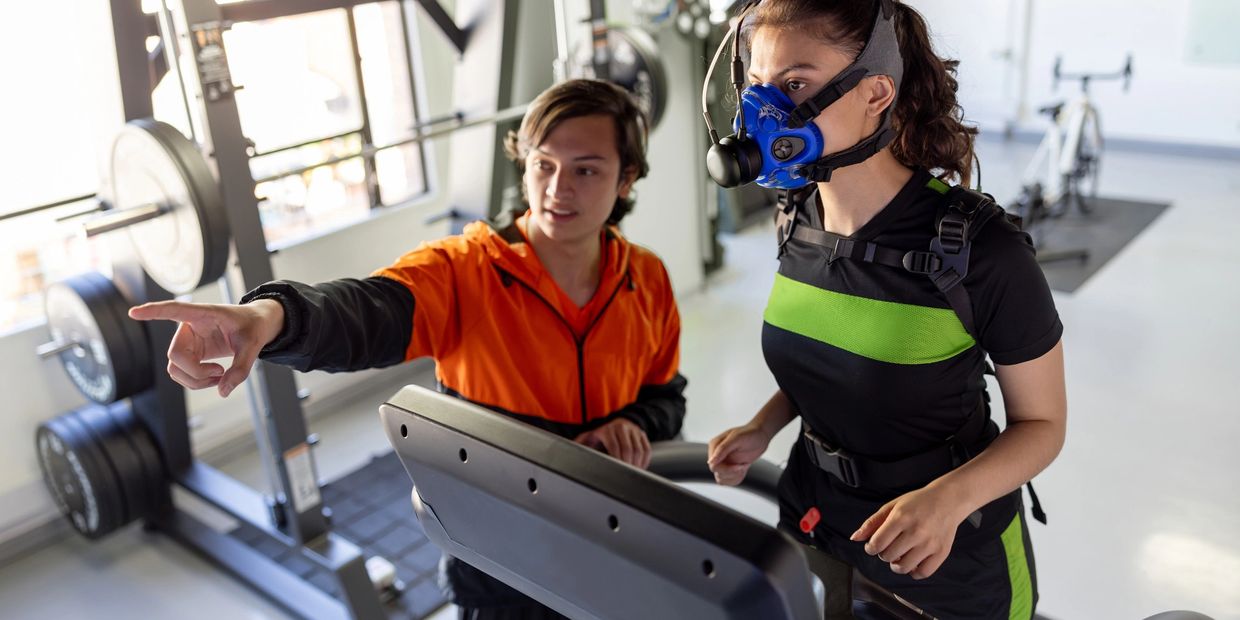
Human Performance Evaluation
Understanding Human Performance Evaluation: Levels 1, 2, and 3
The Human Performance Evaluation (HPE) is a structured assessment process designed to measure an individual's ability to perform job-specific physical and sometimes cognitive tasks.
To ensure accuracy, safety, and job alignment, many organizations use a tiered
system—commonly referred to as Level 1, Level 2, and Level 3—to categorize different degrees of job demands and match them with a candidate’s capabilities.
Level 1: Low Physical Demand
Level 1 is typically assigned to jobs that require minimal physical effort and pose low risk of physical strain. These are often sedentary or light-duty roles, such as administrative work, office, support, or customer service.
Characteristics:
* Tasks include sitting, typing, answering phones, light lifting (up to 10 lbs).
* Limited standing, walking, or manual labor.
* Emphasis is on posture, ergonomic safety, and repetitive motion.
Evaluation Focus:
* Flexibility and range of motion.
* Dexterity and basic endurance.
* Ergonomic posture and seated tolerance.
This level helps identify whether a person can safely sustain low-intensity tasks over extended periods, especially in environments that demand high mental focus but low physical exertion.
Level 2: Moderate Physical Demand
Level 2 covers jobs that require moderate physical activity, often seen in roles such as healthcare workers, technicians, warehouse staff, and drivers.
Characteristics:
* Lifting weights between 11–50 lbs.
* Frequent walking, standing, bending, or climbing stairs.
* May involve use of tools, machines, or assisting in lifting tasks.
Evaluation Focus:
* Muscular strength and cardiovascular endurance.
* Balance, coordination, and lifting techniques.
* Ability to perform sustained physical tasks without fatigue or injury.
This level ensures employees have the functional capacity to manage moderately strenuous tasks without compromising safety.
Level 3: High Physical Demand
Level 3 is reserved for jobs that are physically intense and often safety-critical. This includes firefighters, law enforcement, construction workers, military personnel, and industrial laborers.
Characteristics:
* Lifting weights over 50 lbs.
* High-frequency bending, twisting, climbing, crawling, and manual labor.
* Working in extreme environments or under pressure (e.g., emergency response).
Evaluation Focus:
* Maximum strength, power, and agility.
* High aerobic capacity and stamina.
* Quick response, load carrying, and situational endurance.
Level 3 evaluations are rigorous and simulate real-world job challenges. This level is vital to
ensure that only candidates with the necessary physical resilience are placed in high-risk roles.
Why the Levels Matter?
The tiered HPE system provides:
* Job-function alignment – matching people to tasks they can safely and efficiently perform.
* Injury prevention – by screening for physical limitations before employment.
* Compliance and fairness – ensuring that physical demands are clearly defined and legally assessed based on essential job duties.
Conclusion
The Human Performance Evaluation Levels 1, 2, and 3 offer a scalable and job-specific way to assess the physical readiness of individuals entering or returning to the workforce. By using a structured, level-based approach, employers can promote workplace safety, reduce injury risks, and ensure employees are set up for success—physically, functionally, and professionally.
Copyright © 2024 LA Health Services, LLC - All Rights Reserved.
This website uses cookies.
We use cookies to analyze website traffic and optimize your website experience. By accepting our use of cookies, your data will be aggregated with all other user data.